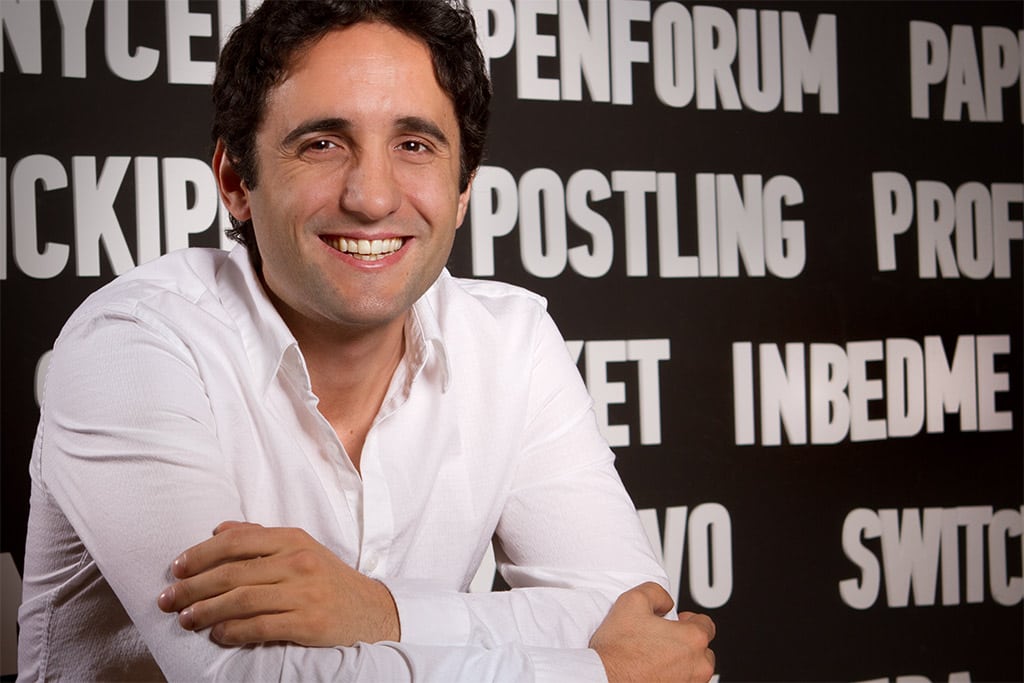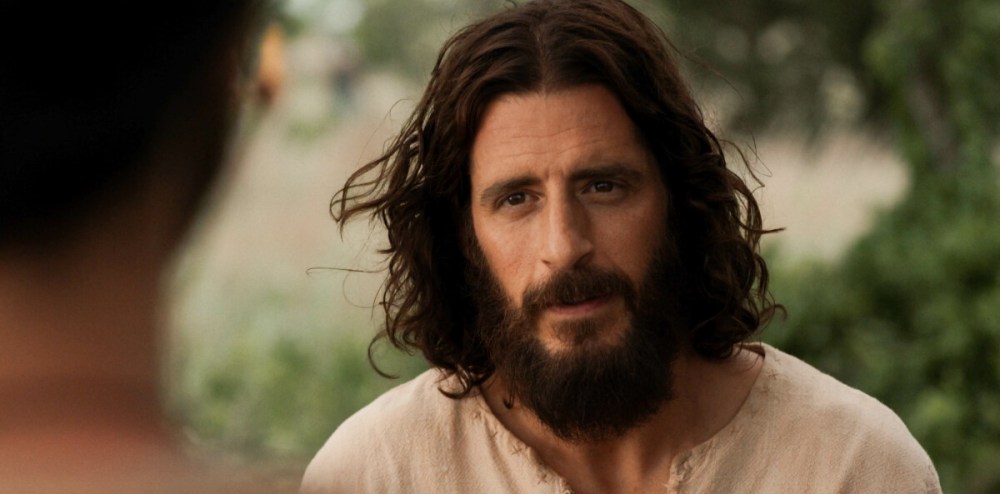
Skift Take
Any company can launch a crowd-funding campaign but it’s what action a startup takes after the funds stop trickling in that determines its fate. For Bluesmart, that’s focusing on telling a story of reimagining the decades-old suitcase concept and bringing it into the mobile era and doing experimental partnerships with major brands that add value to the travel experience.
Diego Saez-Gil, CEO and co-founder of Bluesmart will speak about launching a travel startup through crowdfunding at the Skift Global Forum on October 14 and 15 in Brooklyn, New York. See the complete list of amazing speakers and topics at the Skift Global Forum.
Travelers can track virtually every aspect of their trip via their mobile device, so why should luggage be excluded from that capability? That’s a question Diego Saez-Gil, CEO and co-founder of Bluesmart, a connected travel products company, asked when setting out to crowdfund and design luggage that travelers could know the location of at all times using a mobile app.
Bluesmart raised $2.1 million through crowdfunding platform Indiegogo to get its idea off the ground, and also received backing from Y Combinator. It’s also received more than $900,000 worth of pre-orders for its products which start shipping in August and will be available at retailers and on its website for instant shipping by the end of this year.
As its products become widely available later this year the company will launch a partnership with Uber, which certainly doesn’t hurt its street credibility as a two-year-old startup. That partnership will involve Uber drivers delivering lost or delayed luggage to homes or hotels at no cost to travelers. Before Bluesmart, Saez-Gil co-founded WeHostels, a mobile technology company for youth travel that was acquired by StudentUniverse, an online travel agency for students and youth, where he became vice president of mobile.
Below is an edited version of an interview with Saez-Gil at Skift’s New York offices, shortly after he appeared on the Skift Podcast.
Skift: What made you decide to crowdfund Bluesmart and what are some advantages to doing that versus bringing investors on board from the very beginning?
Diego Saez-Gil: The first reason we did it was that we were fascinated by this phenomenon that’s actually existed for a long time. They say Beethoven used to crowdfund his symphonies because he would ask people for donations before putting his work together. The base of the Statue of Liberty in New York City was actually crowdfunded too. We had these websites like Indiegogo, Kickstarter, and many others that let you reach millions of people around the world who excited about innovation and new things coming. We thought this was an amazing opportunity to launch our idea this way and that the benefits were many.
For one, you can initially finance a new, bold idea that investors may be afraid of. Second, you can gather a community of people who are passionate about your idea and give you feedback and support and become your first advocates. And thirdly, it becomes an opportunity to tell a story and a marketing opportunity. So we said let’s try it and if it succeeds it’s a way to bring innovation to an industry that needs it. But participating in Y-Combinator was great for us too because it connected us with Silicon Valley which for us as a technology company helped give us great mentors and advice.
Skift: What are some components you feel travel startups should have if they want to be successful with crowdfunding?
Saez-Gil: Many of the projects that are successful in crowdfunding are the ones that have a hardware component. For example, you might get a product or reward for supporting the project. But you also see in the video game industry or film industry that people support a project just because they want to see it happen even though they won’t physically get anything for themselves. They want this game, movie or music to exist and the main thing is to make something you know people want and if there’s a reward people can get if they donate that’s even better. The other thing is telling your story in an effective way and I’ll share those tips at the forum.
Skift: What makes people want to help crowdfund a startup when it could fail and their donations, however large, may not pay off?
Saez-Gil: There are many bad stories about startups that were unrealistic about what they wanted to do or faced challenges they didn’t expect. I think we live in an amazing time in which people value innovation and now all of the world’s people have access to supporting these kinds of things. In the past we didn’t have that scale or the Internet. In our case we got supporters from 110 countries, some countries I didn’t even know existed.
People really wanted our product for themselves and they’ll support a company if they think you have the capacity to execute your idea. And of course you have to give something as a reward for that, so we also gave them a huge discount off the retail price for those who chipped in on our Indiegogo campaign. When we first started we didn’t care about margins or making money, it was about making the product exist.
Skift: There are a variety of other smart and clever luggage designs that have come to market and many of them also did this through crowdfunding. Do they pose a threat to your eventual market share?
Saez-Gil: For us this is a huge validation because in the beginning we were thinking “is this a good idea or not?” It’s great that there’s competition because it shows that there’s value in what we’re trying to do. At the end of the day if other big companies come to market it will help raise awareness of our integrity and then people will get to choose whatever product they want. We’ll be focusing on having the strongest technology which is in our DNA and also great design and quality.
Skift: What about the controversy surrounding lithium batteries which Bluesmart uses in its products?
Saez-Gil: The FAA has a limit for the lithium capacity a battery can have that you carry onto a plane. Our batteries are 10 watt hours of lithium which is way below the legal limit of 100 watt hours of lithium per battery that the FAA has imposed. Our batteries are installed inside the product and the problem is when the battery is not installed inside which protects it from being exposed to heat. We did a lot of research to make sure everything is safe and compliant with regulations. The amount of lithium we put in our luggage is very similar to what’s in a laptop and everyone travels with a laptop and that’s not a concern.



